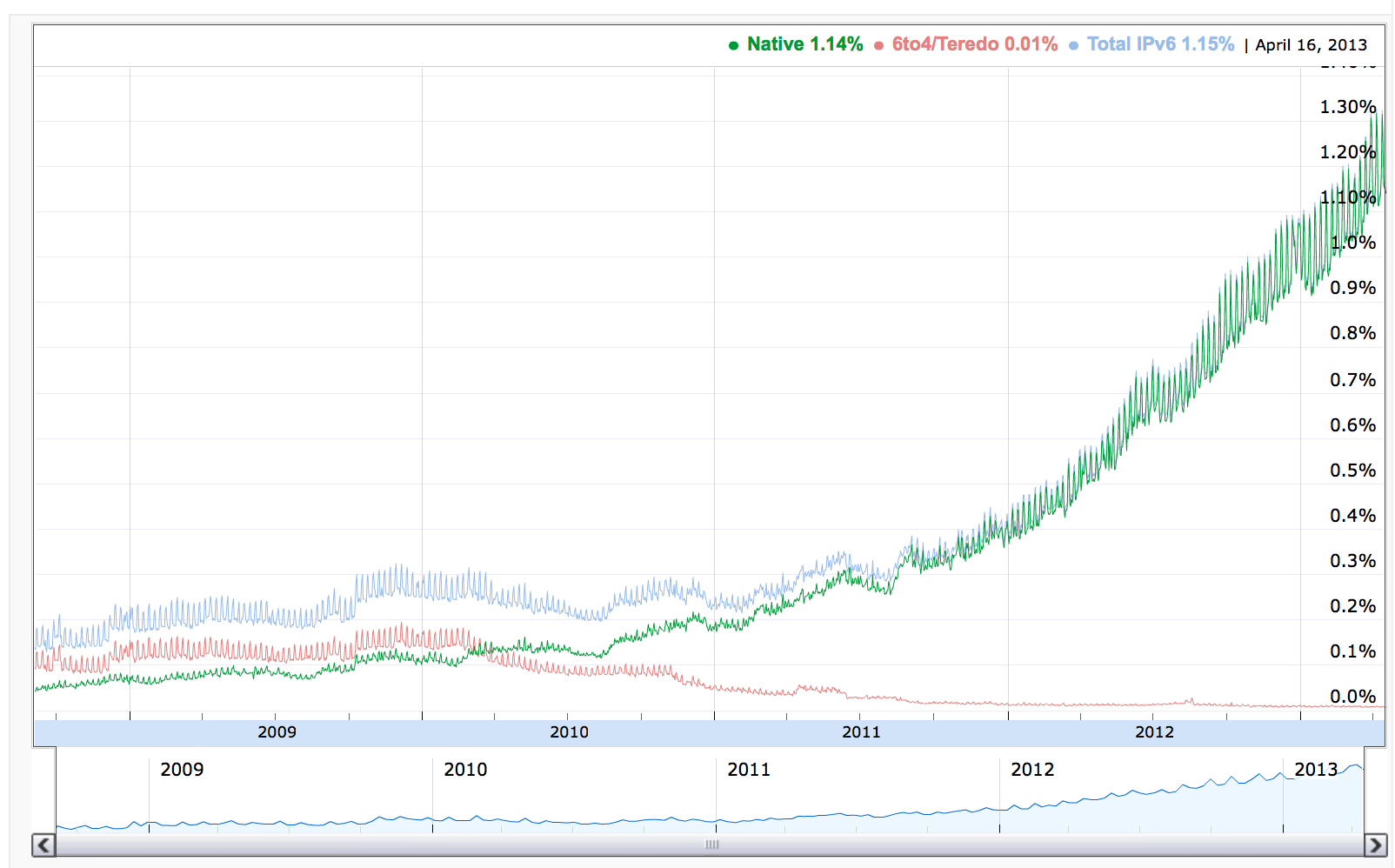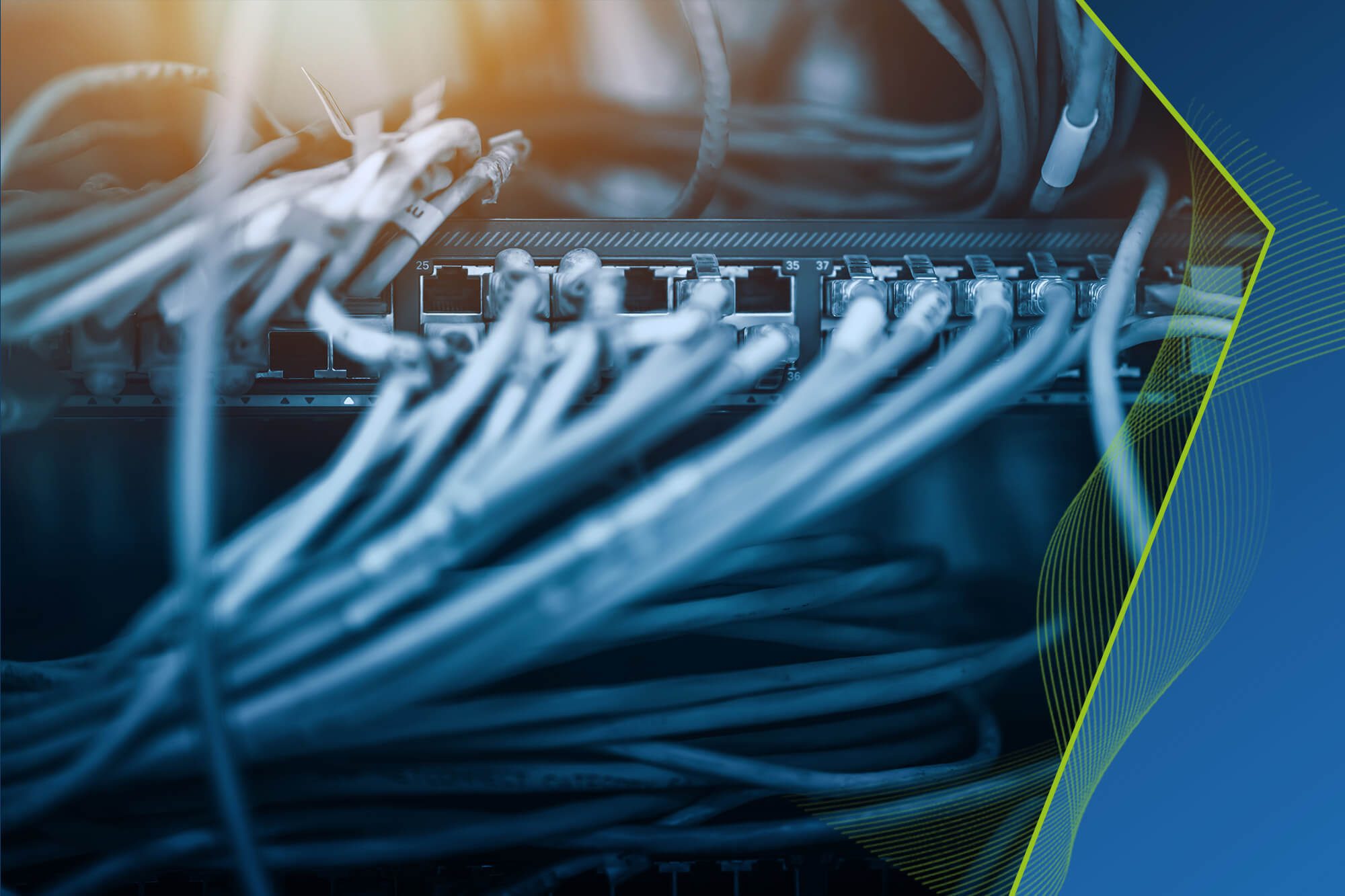Most IT professionals are keenly aware that IPv6 is the future. It has been for over a decade, as IPv4 addressing space has been running out of room.
While many proclaim the shortage is not as bad as it seems and that techniques such as subnet masking can help alleviate the upcoming shortage to some degree, at some point the move to IPv6 is inevitable.
Some operation within the confines of IPv4 is going to have to occur. In the grand scheme of things, there is simply too much network equipment out there to expect everything to have IPv6 capabilities yet. IT will have to decide whether to tunnel IPv4 devices to a backbone for IPv6 support or use dual IP.
Tunneling
The concept of tunneling utilizes the encapsulation of packets in order to transport them over different protocols. In order to provide a workaround for IPv4-IPv6 compatibility, tunneling is a viable option.

IP tunneling requires more interfaces for encapsulation. Image source: cciethebeginning.wordpress.com
One issue that can crop up with IP tunneling is the fact that more interfaces are required for encapsulation (see figure above). This leads to another point of failure. Additionally, a vulnerability to consider is that encapsulation often requires some degree of firewall bypass, which means an extra layer of complexity must be added in the form of content control software.
Dual IP
Newer network devices support dual IP configurations already. It’s ideal that organizations internally prepare by building out dual IP capabilities in any sort of expansion or hardware refresh. With dual IP capabilities, companies can compensate for both IP addressing schemes. It’s already built into most network products being sold today, which means it is more cost-effective than tunneling, thanks to fewer complications.
However, there are systems out there today that simply cannot support IPv6, and thus cannot operate using IPv6. For companies working closely on the consumer side of things, tunneling offers competitive advantages. While it’s slightly more complex than dual IP, this method means that you don’t have to rely on your customers to upgrade, considering many won’t even know what IPv6 is.There’s more complexity, but more complete control over the transition overall.
IPv6 is Happening Faster Than You Think
The number of IPv6 addresses has gone up sharply in 2013 as carriers and IT organizations replace aging network gear and utilize dual IP functionality.
The reality is that major carriers as well as websites are already IPv6 capable, in preparation for the day when IPv4 can no longer withstand the increasing number of connected devices. So, the decision between tunneling and dual IP falls to the remaining few organizations who are taking their time on the upgrade.
If you have any specific IPv6 questions about your system, get in touch with our experts at Mosaic NetworX. Stay tuned to the Mosaic blog for an upcoming post on IPv6 and managing security risks.









